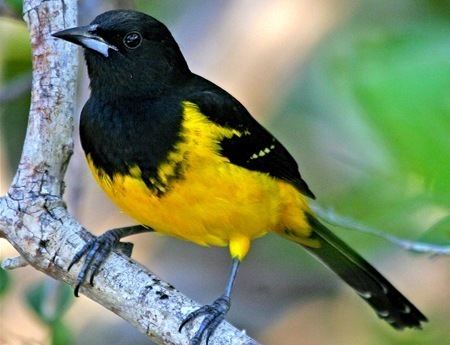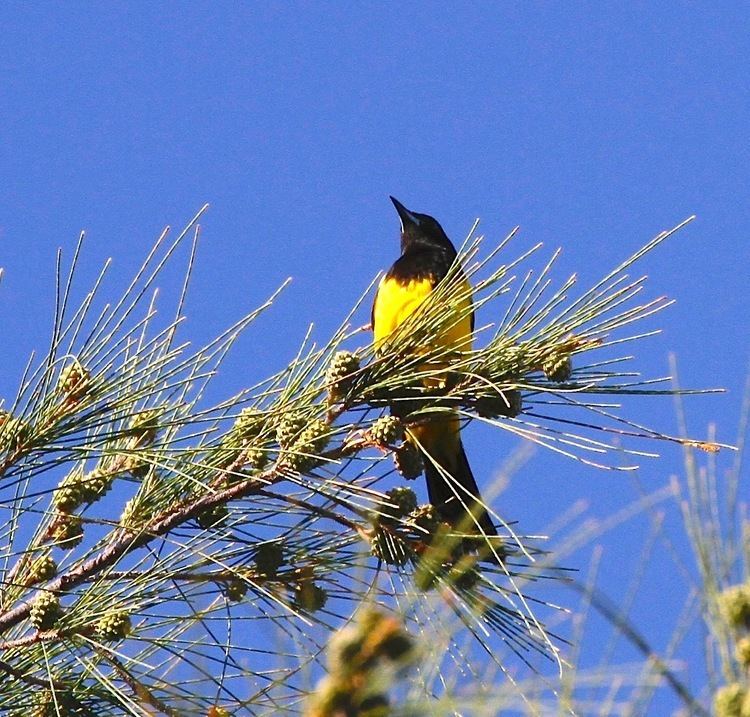Scientific name Icterus northropi Rank Species | Class Aves Genus Icterus Phylum Chordata Order Passerine | |
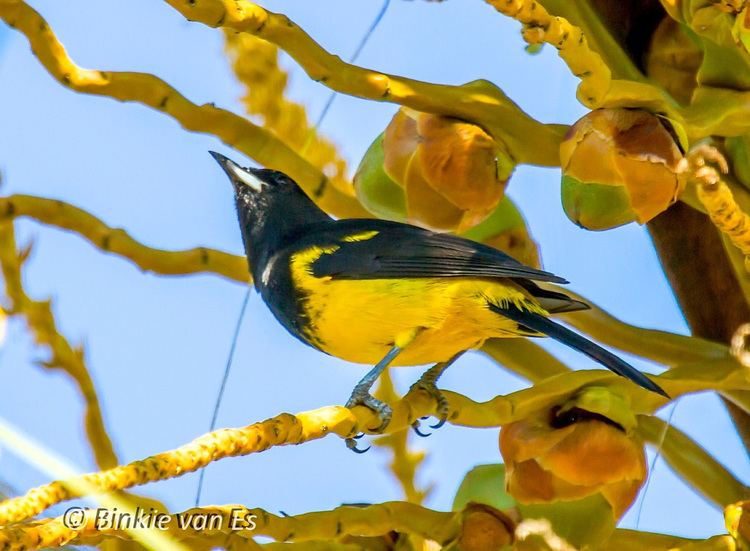 | ||
Similar | ||
Bahama oriole project kickoff omland lab summer 2016
The Bahama oriole (Icterus northropi) is a species of songbird in the New World blackbird family - Icteridae. It is endemic to the Bahamas. It is listed as critically endangered by IUCN (CR). The taxon was originally classified as its own distinct species in 1890 by Joel Asaph Allen before it was lumped with the Cuban oriole (Icterus melanopsis), Hispaniolan oriole (Icterus dominicensis), and Puerto Rican oriole (Icterus portoricensis) into a single species by the ornithologist James Bond in his book "Birds of the West Indies". It wasn't until 2010 that all four birds were elevated to full species status based on a combination of evidence from DNA, plumage and song. As a result of it not being recognized as a distinct species for so long, the Bahama oriole's preferred non-breeding season habitat is unknown and current estimates of its exact numbers remain vague.
Contents
Historically, the Bahama oriole has been known only from two major islands in the Bahamas: Abaco and Andros. It became extirpated from Abaco in the 1990s, and today remains only on Andros in the Bahamas. It can be found on the three major islands of Andros: North Andros, Mangrove Cay, and South Andros. It likely also occurs on some of the smaller cays, but current documentation is lacking. The species was recently recognized as Critically Endangered by Birdlife International, with recent population estimates of 300 or fewer individuals remaining.
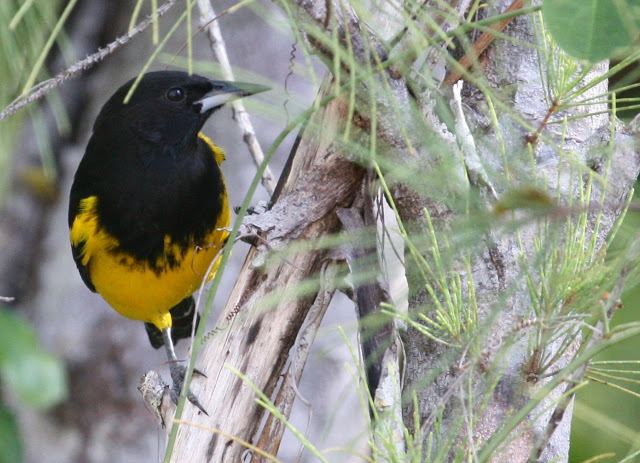
The Bahama oriole's preferred habitats during the breeding season focus on human residential areas, although there is recent evidence that they may also use other habitats including pine and broadleaf "coppice" forest. Developed habitats are important for nesting since the species prefers to nest in the tallest palm trees available, frequently introduced coconut palm (Cocos nucifera). Birds may also use the extensive Caribbean pine (Pinus caribaea) forest. Some nesting can occur in the pine forest, especially when the understory grows sufficiently to support native understory thatch palms, especially Leucothrinax morrisii. Though the general habitat of the Bahama oriole during the breeding season is known, the preferred habitat of the oriole during the non-breeding season is still unknown.
The future of the Bahama oriole remains tenuous. The shiny cowbird (Molothrus bonariensis), a brood parasite that lays its eggs in the nests of other bird species, is naturally expanding its South American and West Indies range northward, and reached Andros in the mid-1990s. Although still relatively uncommon, the cowbirds regularly parasitize the nests of orioles. Also, many of the palms on North Andros, which the orioles preferentially select for nesting, are dying off because of lethal yellowing disease brought in with introduced palms. The bigger threats, however, are continued habitat loss from human development, introduced predators (including cats, rats, dogs and hogs) and stochastic processes that, because of the oriole's small population size, increase the risk of extinction.
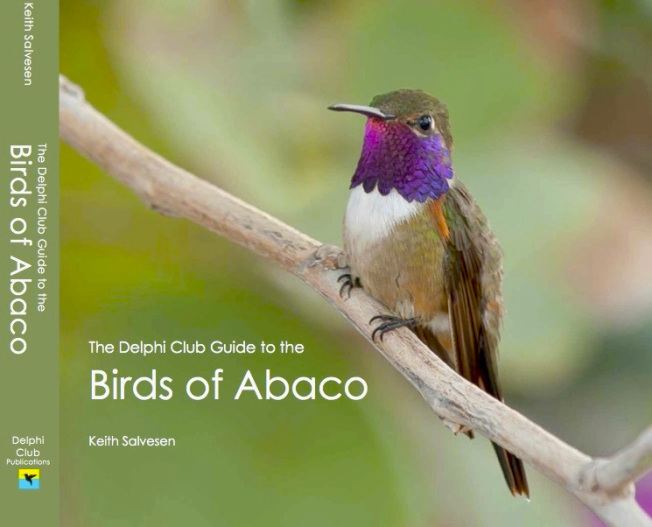
Bahama oriole project summer 2016
